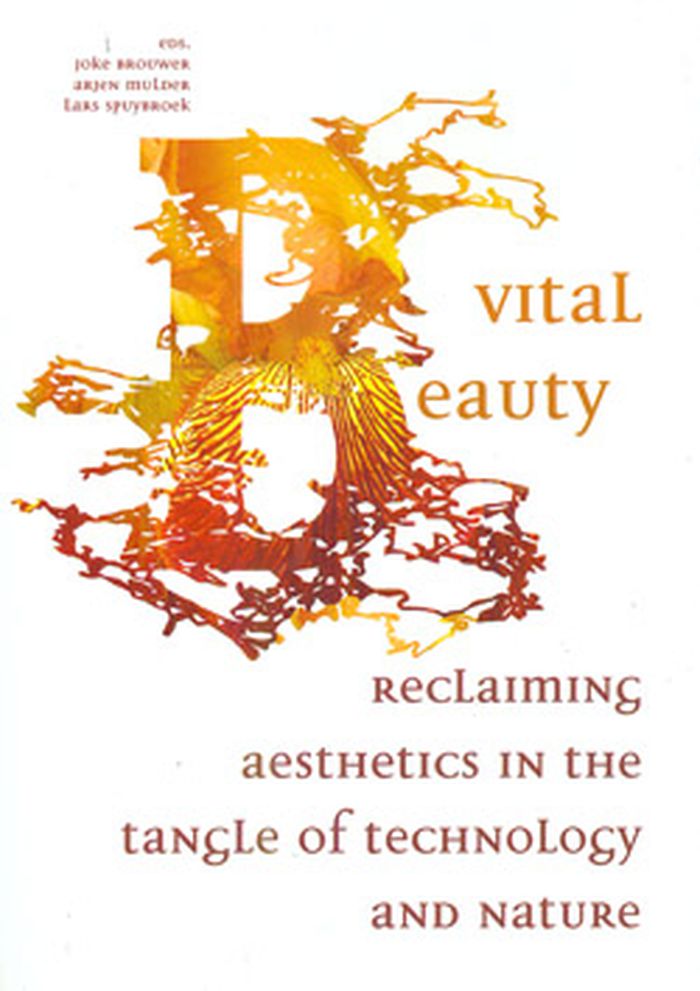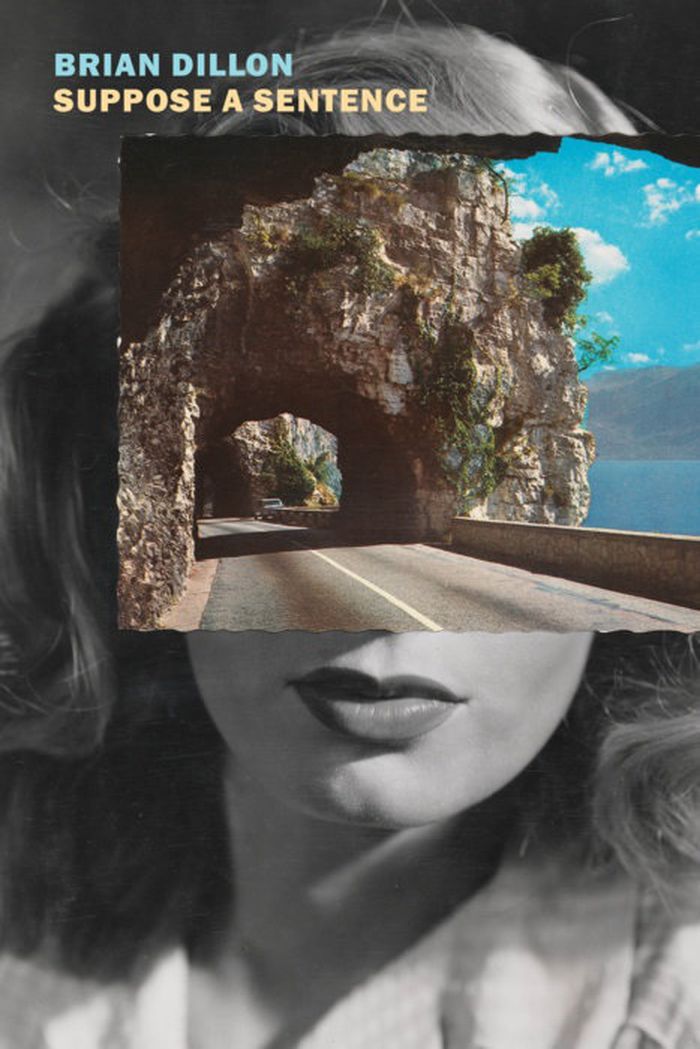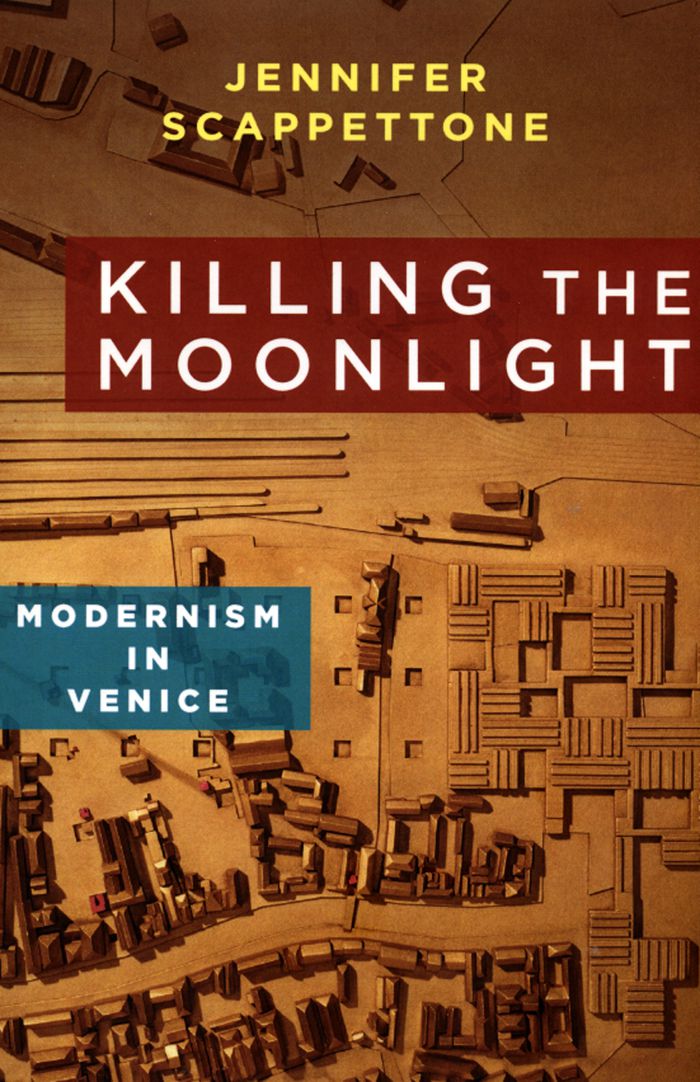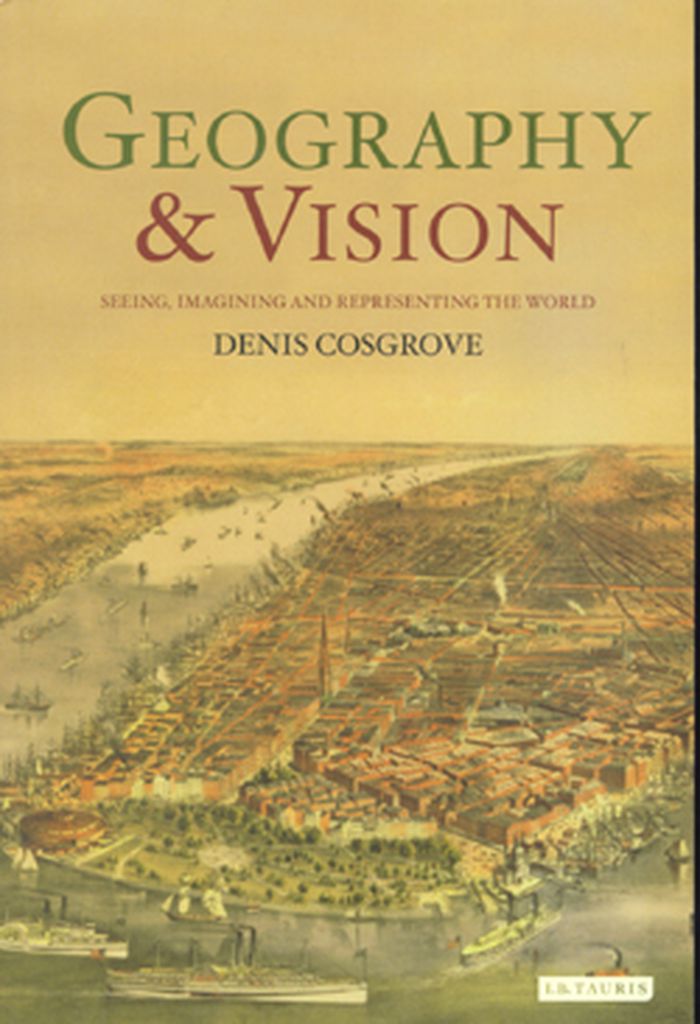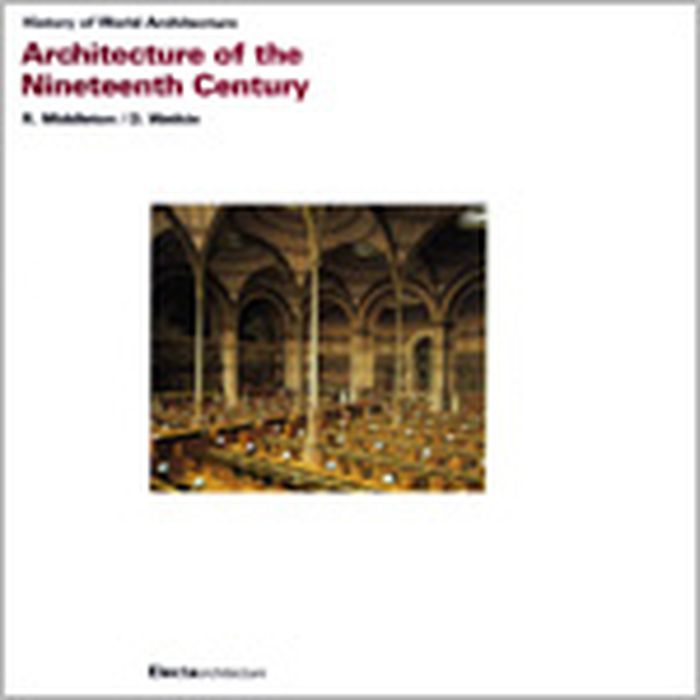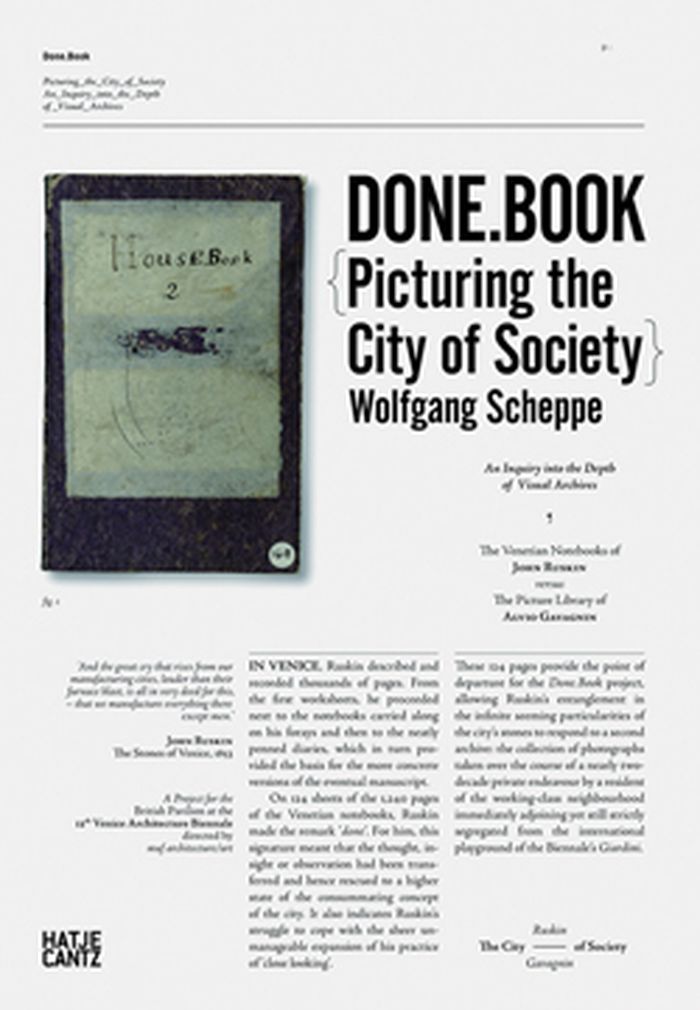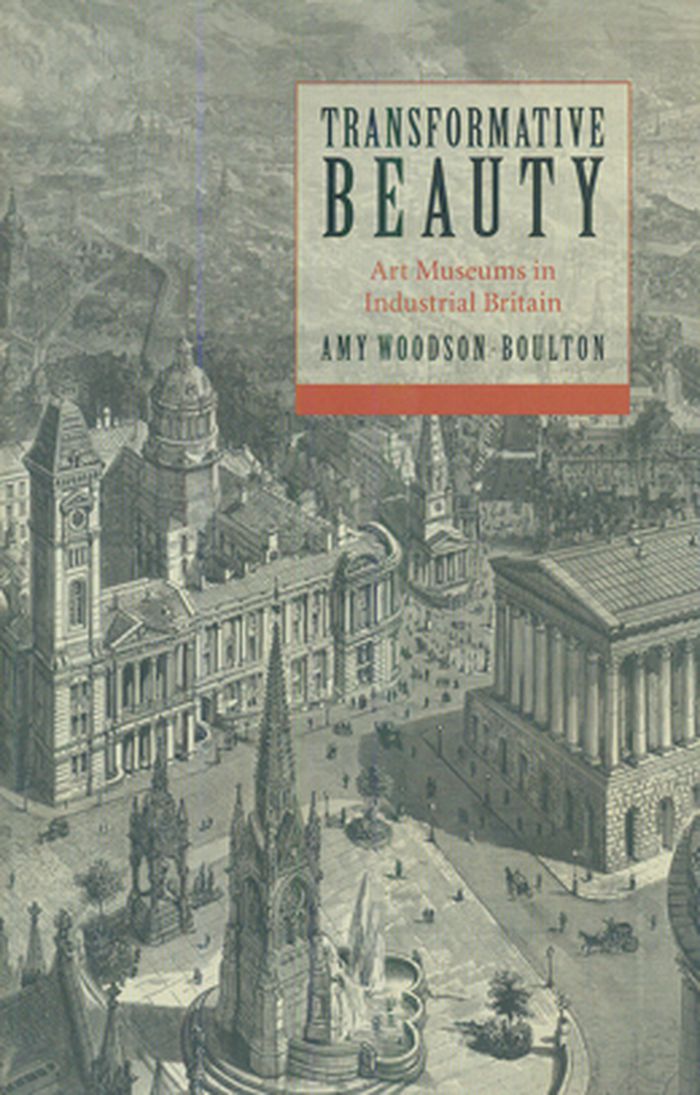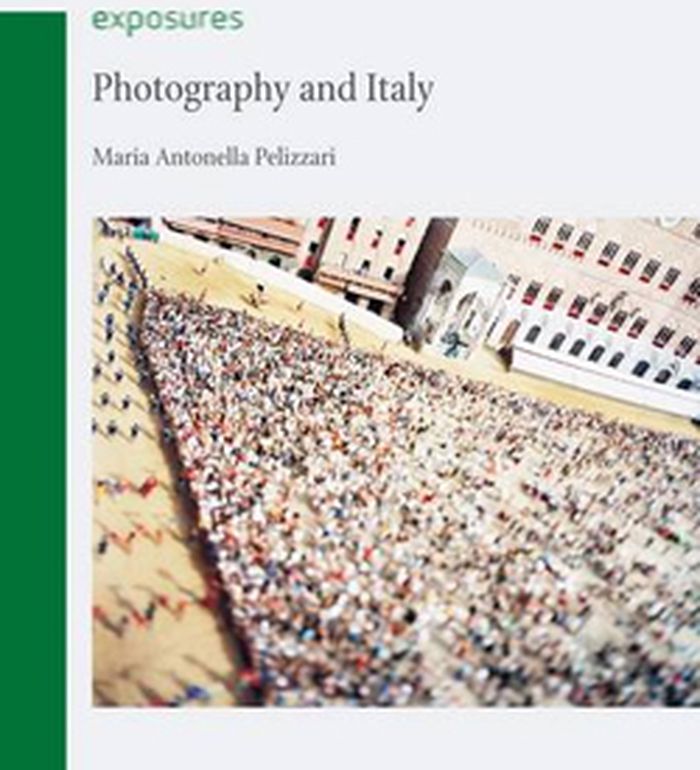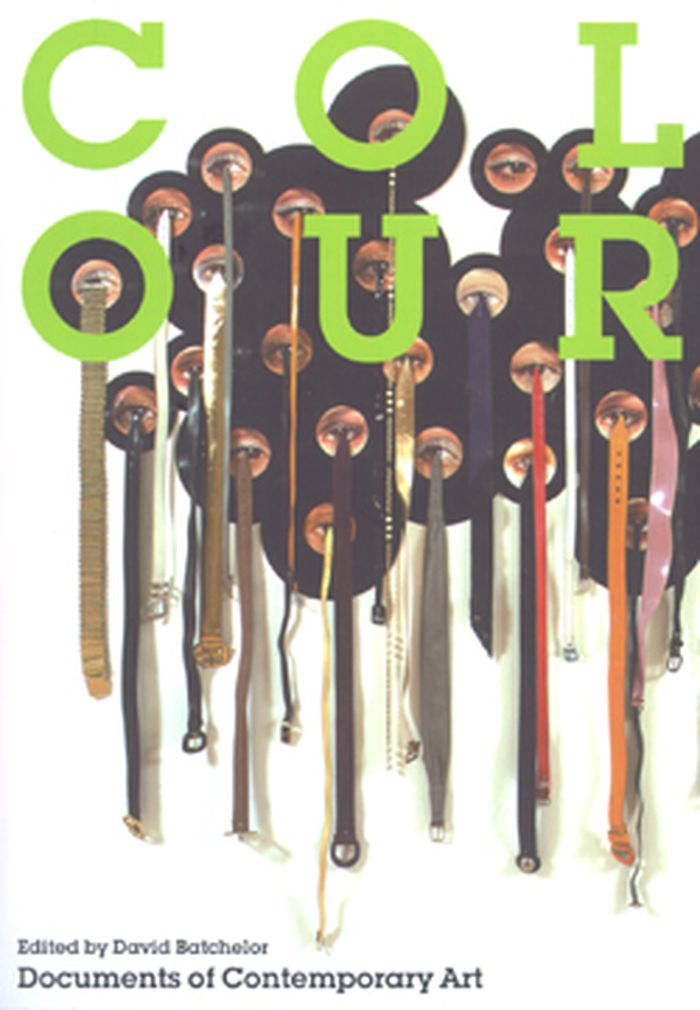books
"All Men are Builders" : Architectural Structures in the Victorian Novel / by Joann D. Griffith.
Description:
vi, 232 pages ; 22 cm
[Ann Arbor, Mich.] : ProQuest LLC, 2015.
"All Men are Builders" : Architectural Structures in the Victorian Novel / by Joann D. Griffith.
Actions:
Holdings:
Description:
vi, 232 pages ; 22 cm
books
[Ann Arbor, Mich.] : ProQuest LLC, 2015.
$35.00
(available to order)
Summary:
As defined by the great art writer John Ruskin more than 150 years ago, "vital beauty" denotes an aesthetic of "sympathies"--that is, a beauty that embodies and demonstrates affinity with sentience in all its forms. Ruskin effectively liberated beauty from classical perfectionism by envisaging a world of currents and forces, rather than immobile ideals, and by celebrating(...)
Vital Beauty: Reclaiming aesthetics in the tangle of technology and nature
Actions:
Price:
$35.00
(available to order)
Summary:
As defined by the great art writer John Ruskin more than 150 years ago, "vital beauty" denotes an aesthetic of "sympathies"--that is, a beauty that embodies and demonstrates affinity with sentience in all its forms. Ruskin effectively liberated beauty from classical perfectionism by envisaging a world of currents and forces, rather than immobile ideals, and by celebrating nature's abundant diversity. Today, this wonderful conception requires some rethinking, since sentience now encompasses technological as well as organic entities--raising the question of how we should design our environments, our objects and even our lives. In "Vital Beauty," leading philosophers, anthropologists, theorists and artists Thierry Bardini, Joke Brouwer, Gustav Fechner, Mark Frost, George Gessert, Tim Ingold, Arjen Mulder, Daniel N. Stern, Lars Spuybroek, Caroline Van Eck, Wendy Steiner and Ruskin himself examine what this idea of beauty might mean for their respective disciplines.
Art Theory
Suppose a sentence
$23.95
(available to order)
Summary:
In ''Suppose a sentence,'' Brian Dillon, whom John Banville has called ''a literary flâneur in the tradition of Baudelaire and Walter Benjamin,'' has written a sequel of sorts to ''Essayism,'' turning his attention to the oblique and complex pleasures of the sentence. A series of essays prompted by a single sentence—from Shakespeare to James Baldwin, John Ruskin to Joan(...)
Suppose a sentence
Actions:
Price:
$23.95
(available to order)
Summary:
In ''Suppose a sentence,'' Brian Dillon, whom John Banville has called ''a literary flâneur in the tradition of Baudelaire and Walter Benjamin,'' has written a sequel of sorts to ''Essayism,'' turning his attention to the oblique and complex pleasures of the sentence. A series of essays prompted by a single sentence—from Shakespeare to James Baldwin, John Ruskin to Joan Didion—this new book explores style, voice, and language, along with the subjectivity of reading. Both an exercise in practical criticism and a set of experiments or challenges, ''Suppose a sentence'' is a polemical and personal reflection on the art of the sentence in literature.
Literature and poetry
$30.00
(available to order)
Summary:
Spanning the history of literature, art, and architecture from John Ruskin, Henry James, and Ezra Pound to Manfredo Tafuri, Italo Calvino, Jeanette Winterson, and Robert Coover ''Killing the Moonlight'' tracks the pressures that modernity has placed on the legacy of romantic Venice, and the distinctive strains of aesthetic invention that resulted from the clash. In(...)
Killing the moonlight: Modernism in Venice
Actions:
Price:
$30.00
(available to order)
Summary:
Spanning the history of literature, art, and architecture from John Ruskin, Henry James, and Ezra Pound to Manfredo Tafuri, Italo Calvino, Jeanette Winterson, and Robert Coover ''Killing the Moonlight'' tracks the pressures that modernity has placed on the legacy of romantic Venice, and the distinctive strains of aesthetic invention that resulted from the clash. In Venetian incarnations of modernism, the anachronistic urban fabric and vestigial sentiment that both the nation-state of Italy and the historical avant-garde would cast off become incompletely assimilated parts of the new.
Architectural Theory
$32.50
(available to order)
Summary:
Geography and Vision is a series of personal reflections by leading cultural geographer, Denis Cosgrove, on the complex connections between seeing, imagining and representing the world geographically. Ranging historically from the sixteenth century to the present day, the essays include reflections upon discovery and the role of imagination in giving it meaning;(...)
Architecture and the imaginary
January 1900, London, New York
Geography & vision: seeing, imagining and representing the world
Actions:
Price:
$32.50
(available to order)
Summary:
Geography and Vision is a series of personal reflections by leading cultural geographer, Denis Cosgrove, on the complex connections between seeing, imagining and representing the world geographically. Ranging historically from the sixteenth century to the present day, the essays include reflections upon discovery and the role of imagination in giving it meaning; colonisation and sixteenth century gardening; the shaping of American landscapes; wilderness, imperial mappings and masculinity; urban cartography and utopian visions; conceptions of the Pacific; the cartography of John Ruskin; and the imaginative grip of the Equator. Extensively illustrated, this engaging work reveals the richness and complexity of the geographical imagination as expressed over the past five centuries.
Architecture and the imaginary
$59.95
(available to order)
Summary:
"Architecture of the nineteenth century", issued in the "History of world Architecture" series, offers a complete survey of European architecture during the eighteenth and nineteenth centuries, examining in particular the influence of the cultural trends of the period on the architects’ works. The first section of the book deals with the history of eighteenth-century(...)
Architecture of the nineteenth century
Actions:
Price:
$59.95
(available to order)
Summary:
"Architecture of the nineteenth century", issued in the "History of world Architecture" series, offers a complete survey of European architecture during the eighteenth and nineteenth centuries, examining in particular the influence of the cultural trends of the period on the architects’ works. The first section of the book deals with the history of eighteenth-century architecture in France and England, countries where Cartesian-school philosophical speculation and Anglo-Saxon philosophical empiricism wielded a determining influence. After analysing the developments of the classical tradition and its propagation throughout Europe, the book studies in depth the history of architectural movements, comprising neo-classicism, neo-Renaissance and neo-Gothic architecture. The outstanding, forerunning personalities of this brilliant artistic period who, in the course of the nineteenth century, offered fecund theoretic and stylistic contributions, include Gottfried Semper, John Ruskin and Eugène Viollet-le Duc.
History until 1900
$50.00
(available to order)
Summary:
In his previous project Migropolis, Wolfgang Scheppe proposed Venice, Italy, as a prototype of the increasingly globalized city. Here, the German philosopher reexamines the city from another perspective. Done. Book is an "inquiry into the depth of visual archives," and how the archives of a city can aid an understanding of its society. Under this rubric, Scheppe compares(...)
Done. Book, picturing the city of society
Actions:
Price:
$50.00
(available to order)
Summary:
In his previous project Migropolis, Wolfgang Scheppe proposed Venice, Italy, as a prototype of the increasingly globalized city. Here, the German philosopher reexamines the city from another perspective. Done. Book is an "inquiry into the depth of visual archives," and how the archives of a city can aid an understanding of its society. Under this rubric, Scheppe compares two obsessive attempts at archiving or summating Venice: the Venetian notebooks of English art critic John Ruskin (1819-1900), compiled for his classic study Stones of Venice, and previously unseen photographs assembled by Alvio Gavagnin (born 1944), a contemporary resident of the city's working-class district. Despite their differences, both projects stem from a similar self-imposed commitment on the part of their makers: to provide a comprehensive representation of the details of an urban network, whose truth can be glimpsed in the minutiae and hidden particulars.
Urban Theory
$56.95
(available to order)
Summary:
Why did British industrial cities build art museums? By exploring the histories of the municipal art museums in Birmingham, Liverpool, and Manchester, Transformative Beauty examines the underlying logic of the Victorian art museum movement. These museums attempted to create a space free from the moral and physical ugliness of industrial capitalism. Deeply engaged with(...)
Transformative beauty: art museums in industrial Britain
Actions:
Price:
$56.95
(available to order)
Summary:
Why did British industrial cities build art museums? By exploring the histories of the municipal art museums in Birmingham, Liverpool, and Manchester, Transformative Beauty examines the underlying logic of the Victorian art museum movement. These museums attempted to create a space free from the moral and physical ugliness of industrial capitalism. Deeply engaged with the social criticism of John Ruskin, reformers created a new, prominent urban institution, a domesticated public space that not only aimed to provide refuge from the corrosive effects of industrial society but also provided a remarkably unified secular alternative to traditional religion. Woodson-Boulton raises provocative questions about the meaning and use of art in relation to artistic practice, urban development, social justice, education, and class. In today's context of global austerity and shrinking government support of public cultural institutions, this book is a timely consideration of arts policy and purposes in modern society.
Museology
Photography and Italy
$32.95
(available to order)
Summary:
Photography and Italy traces the history of photography in Italy from its beginnings to the present as she guides us through the history of Italy and its ancient sites and Renaissance landmarks. Pelizzari specifically considers the role of photography in the formation of Italian national identity during times of political struggle, such as the lead up to Unification in(...)
Photography and Italy
Actions:
Price:
$32.95
(available to order)
Summary:
Photography and Italy traces the history of photography in Italy from its beginnings to the present as she guides us through the history of Italy and its ancient sites and Renaissance landmarks. Pelizzari specifically considers the role of photography in the formation of Italian national identity during times of political struggle, such as the lead up to Unification in 1860, and later in the nationalist wars of Mussolini’s regime. While many Italians and foreigners— such as Fratelli Alinari or Carlo Ponti, John Ruskin or Kit Talbot—focused their lenses on architectural masterpieces, others documented the changing times and political heroes, creating icons of figures such as Garibaldi and the brigands. Pelizzari’s exploration of Italian visual traditions also includes the photographic collages of Bruno Munari, the neorealist work of photographers such as Franco Pinna, the bold stylized compositions of Mario Giacomelli, and the controversial images created by Oliviero Toscani for Benetton advertising in the 1980s.
Photography monographs
$28.95
(available to order)
Summary:
Artists surveyed include: Joseph Albers, Mel Bochner, Daniel Buren, Carlos Cruz-Diez, Robert Delaunay, Sonia Delaunay, Jimmie Durham, Helen Frankenthaler, Paul Gauguin, Donald Judd, Wassily Kandinsky, Paul Klee, Yves Klein, Kazimir Malevich, Piero Manzoni, Henri Matisse, Henri Michaux, Beatriz Milhazes, Piet Mondrian, Barnett Newman, Kenneth Noland, Hélio Oiticica, Paul(...)
Colour: Documents on comtemporary art
Actions:
Price:
$28.95
(available to order)
Summary:
Artists surveyed include: Joseph Albers, Mel Bochner, Daniel Buren, Carlos Cruz-Diez, Robert Delaunay, Sonia Delaunay, Jimmie Durham, Helen Frankenthaler, Paul Gauguin, Donald Judd, Wassily Kandinsky, Paul Klee, Yves Klein, Kazimir Malevich, Piero Manzoni, Henri Matisse, Henri Michaux, Beatriz Milhazes, Piet Mondrian, Barnett Newman, Kenneth Noland, Hélio Oiticica, Paul Signac, Ad Reinhardt, Gerhard Richter, Aleksandr Rodchenko, Bridget Riley, Mark Rothko, Yinka Shonibare, Jessica Stockholder, Theo van Doesburg, Vincent van Gogh, Victor Vasarely, Rachel Whiteread. Writers include: Theodor Adorno, Roland Barthes, Charles Baudelaire, Jean Baudrillard, Walter Benjamin, Charles Blanc, Jacques Derrida, Thierry de Duve, Umberto Eco, Victoria Finlay, Joris-Karl Huysmans, Johannes Itten, Julia Kristeva, Claude Lévi-Strauss, Jacqueline Lichtenstein, Maurice Merleau-Ponty, John Ruskin, Adrian Stokes, Ludwig Wittgenstein. About the Editor: David Batchelor is an artist and writer who has exhibited widely in Europe and America. Senior Tutor in Critical Theory in the Department of Curating Contemporary Art at the Royal College of Art, London, he is a frequent contributor to such journals as Artforum and Frieze and the author of Minimalism and Chromophobia.
Art Theory
